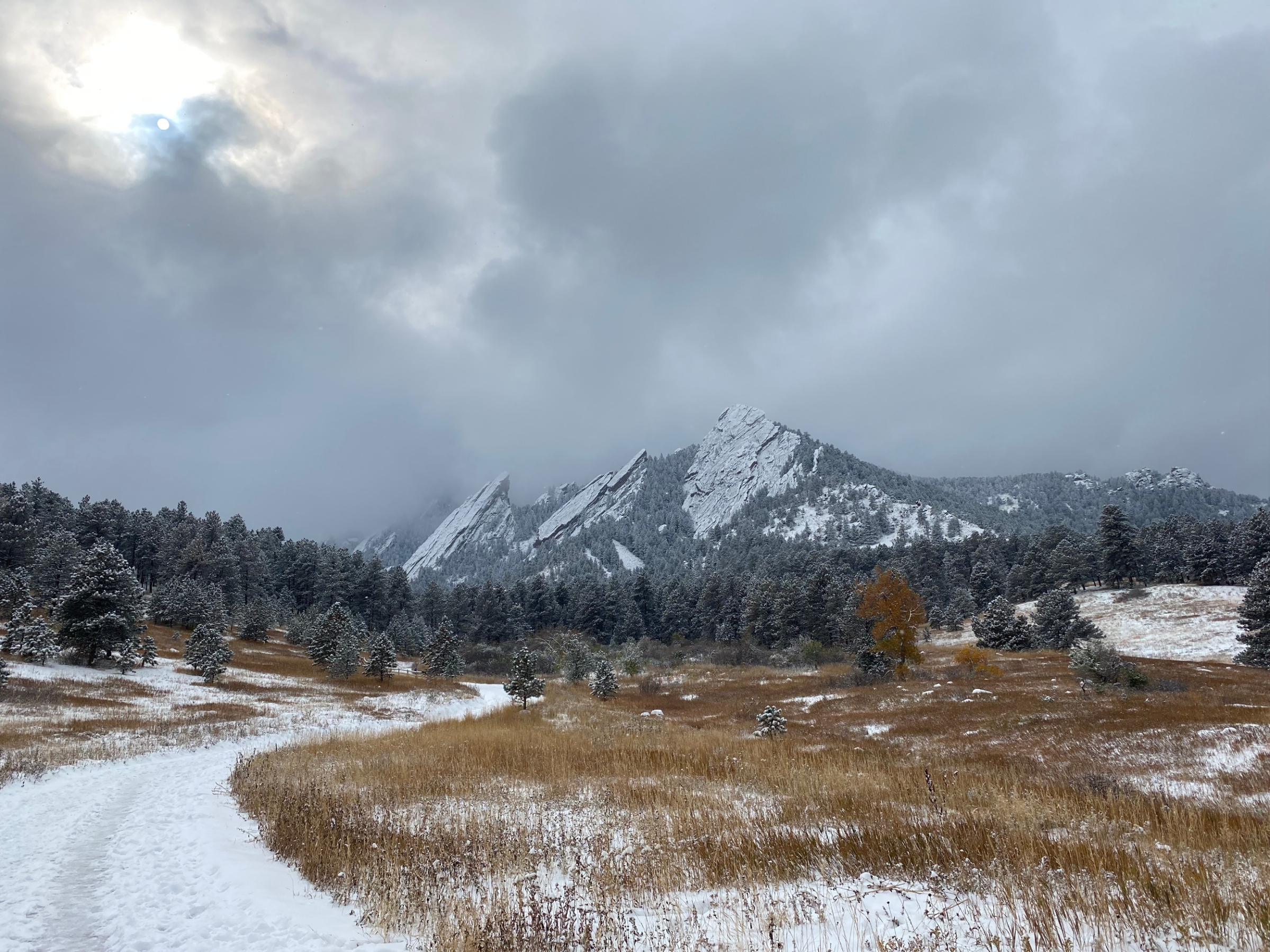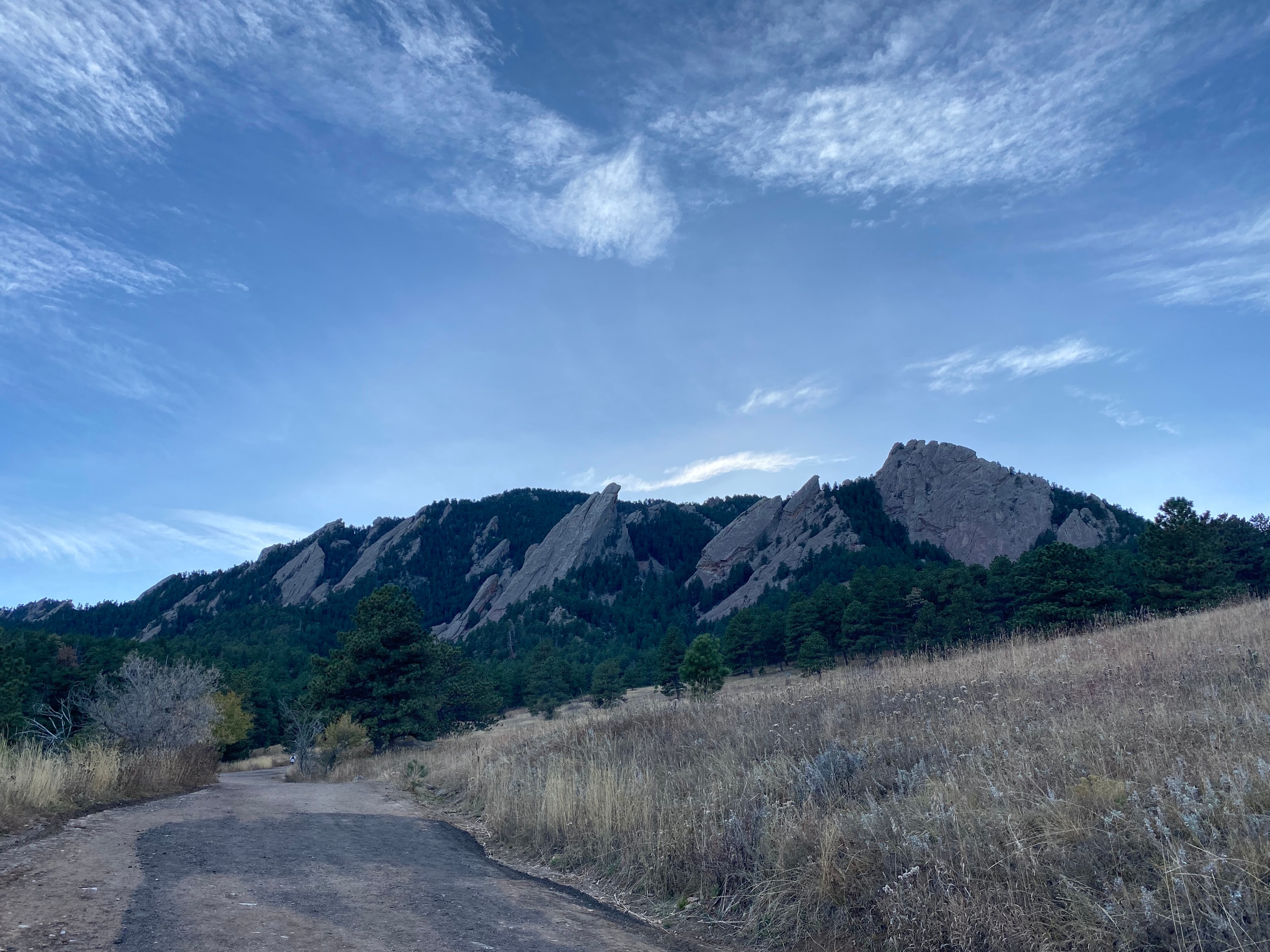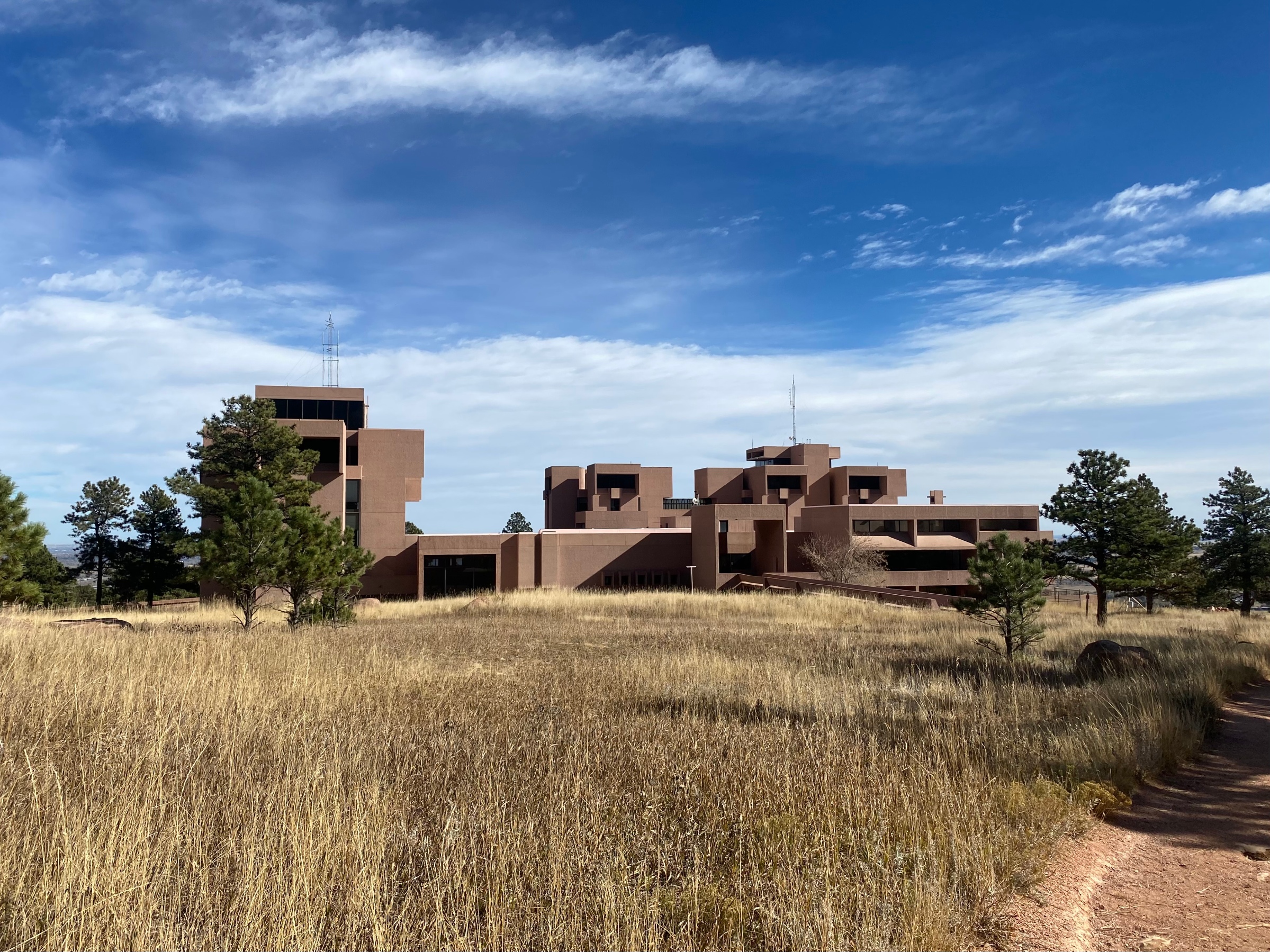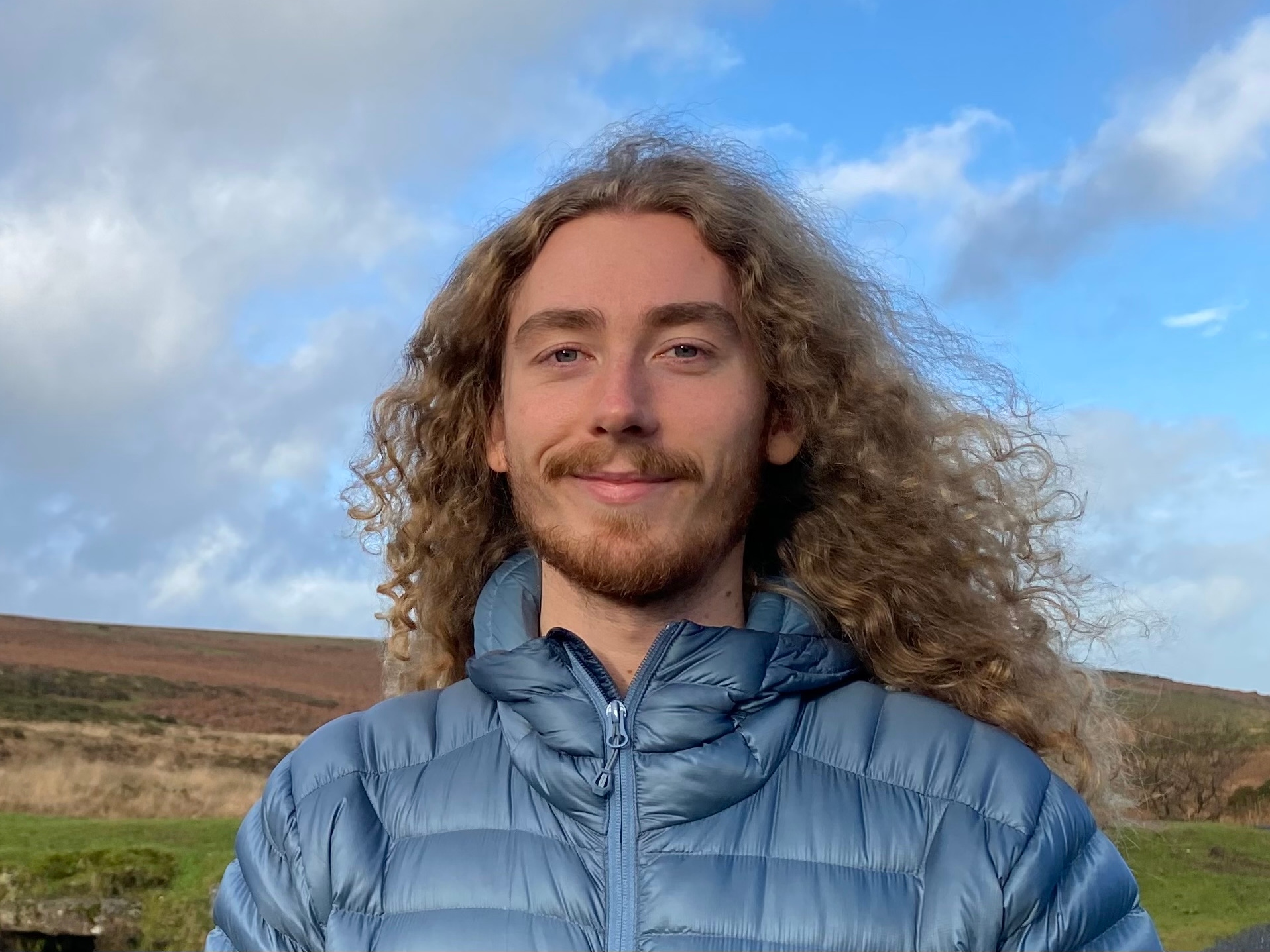‘As an early career scientist this opportunity helped me to build connections and my confidence’
Tom Hill, Data Assimilation Foundation Scientist, shares his experience of doing a placement in Colorado for the recently established Transatlantic Data Science Academy.
Building my career with the Met Office
After completing a degree in Earth Sciences, I joined the Met Office in July 2022 as a Foundation Scientist in the Atmospheric and Land Data Assimilation Team. I wanted to develop practical computational skills, and to continue learning in an applied setting.
I was attracted to the Met Office because it offers the opportunity to do these things whilst having job security and maintaining wellbeing. My colleagues have since made me feel very welcome, and the constant learning experience has been rewarding.
My role has focused on aiding the development of our future data assimilation system as part of the Next Generation Modelling Systems Programme. Data assimilation is the process of combining a previous weather forecast from a numerical model of the atmosphere with recent measurements. This provides a more accurate starting point for the next forecast.
Why I did a transatlantic data science placement
We launched the Transatlantic Data Science Academy with our US counterparts the National Oceanic and Atmospheric Administration (NOAA) in summer 2023. It was set-up to foster bilateral shared learning, and develop skills in data science, machine learning and data assimilation.
The programme provides exchange opportunities for Met Office and NOAA staff (and affiliates). During the autumn I followed Kate Huxtable and became the second person to do an exchange. This involved me doing a five-week placement with our collaborators at the Joint Center for Satellite Data Assimilation (JCSDA) in Boulder, Colorado.
Going in person to Boulder provided mutual benefits to the Met Office and JCSDA. Before my placement, I’d only been able to speak online with my US partners during the 60 minutes per day when our working hours overlapped. So having plenty of time to work together in person would be invaluable. I also wanted to develop the code for variations of a new data assimilation process that should eventually provide a more accurate and cost-efficient way to use atmospheric measurements. Meanwhile, JCSDA wanted to test their data assimilation system and compare results.
 Boulder's Flatirons are an iconic rock formation located in the south of Boulder within Chautauqua Park.
Boulder's Flatirons are an iconic rock formation located in the south of Boulder within Chautauqua Park.
 Boulder's Flatirons in sunnier conditions
Boulder's Flatirons in sunnier conditions
My experience in Boulder, Colorado
As JCSDA is a small organisation, I appreciated being able to foster relations one-to-one and in small groups, and got to know lots of new people. Like at the Met Office, there were other scientists and software engineers with a similar level of qualifications to me, which helped me feel comfortable, in turn allowing us to work together effectively.
Unfortunately, we encountered problems when I tried our new data assimilation method, which took many hours to fix. But it was important we discovered the problems while I was there and were able to resolve them before I returned to the UK.
Due to the mild weather, I was able to spend my weekends walking the trails of the nearby Flatirons (leading to the National Center for Atmospheric Research’s (NCAR) famous Mesa Laboratory), Rocky Mountain National Park, and Eldorado Canyon State Park where I spent a day bouldering with a colleague.
 National Center for Atmospheric Research’s (NCAR) famous Mesa Laboratory.
National Center for Atmospheric Research’s (NCAR) famous Mesa Laboratory.
Developing code, connections and confidence
The main objective of my placement was to develop code for our new data assimilation method. Fortunately we managed to achieve this while also agreeing a plan for future experiments. As an early career scientist, the trip boosted my confidence in the workplace. I also developed valuable connections, which will help us to work even better together in future.
This blog was published in January 2024



